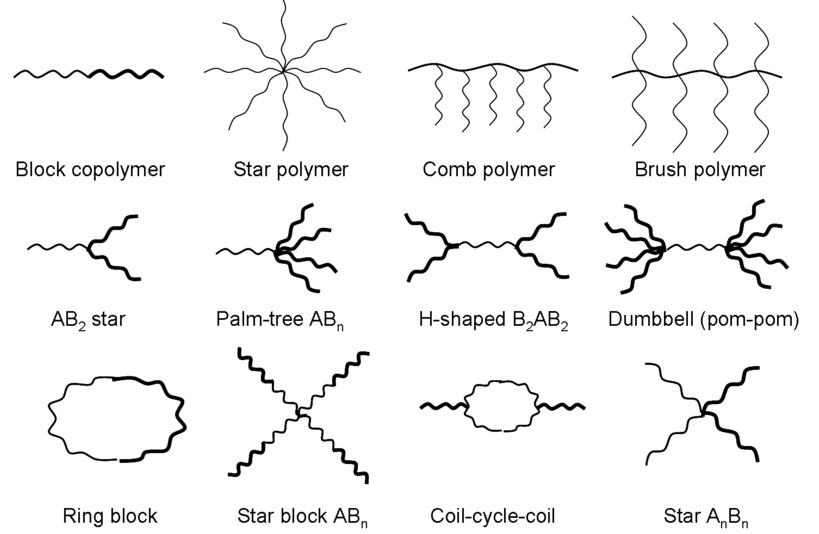What is Polymer Clay ?
Polymer clay is a sculptable material based on the polymer polyvinyl chloride (PVC). It usually contains no clay minerals, and is only called “clay” because its texture and working properties resemble those of mineral clay. It is sold in craft, hobby, and art stores, and is used by artists, hobbyists, and children.
Polymer clays all contain a basis of PVC and one or more of several kinds of liquid plasticizer. Pigments may be added to the translucent base to create a variety of colors, along with small amounts of kaolin or white china clay or other opaquing agents where opacity is desired. Mica may be added to simulate pearlescent and metallic effects.
Bakelite, an early plastic used in both practical and decorative applications, was extremely popular with designers and had an early form of polymer clay available in kits, but the phenol base of uncured Bakelite was flammable and these were discontinued. Modern polymer clays are based on a plastic modeling compound brought to the attention of German doll maker Kaethe Kruse in 1939 as a possible replacement for plastics that had become difficult to obtain during the early days of World War II. It was not suitable for use in her doll factory, so Kruse turned it over to her daughter Sophie, who was known in the family as “Fifi”. The formulation was later sold to Eberhardt Faber and marketed under the name “FIMO” (FIfi’s MOdeling Compound) in honor of Sophie Rehbinder-Kruse.
Meanwhile, in the early 1940s, Zenith Products Company was founded in Schiller Park, Illinois, USA. Zenith began as a company that manufactured coatings for the fastener industry: waxes, hot melt compounds, and electrical insulating varnishes. The product “Sculpey” was originally formulated for potential use as a thermal transfer compound - to conduct heat away from the cores of electrical transformers. However, this formulation was not successful for that purpose, so the compound was temporarily shelved. A visitor to the manufacturing plant was “doodling” with a lump of the clay-like substance and created a small figure. It was then baked in a lab testing oven - and Sculpey was “discovered” as a sculpture medium. This happened in the mid 1960′s. By 1967, it was being manufactured and sold on a small scale in the United States.
The history of polymer clay as an art medium is only decades long, unlike many media that have been around for centuries and have long traditions. This newness means that there is a great deal of innovation by users of polymer clay. Often, ideas are born by borrowing from the traditions of some other materials, such as metalworking (mokume-gane), ceramics, glass (millefiori, lampwork), paper, etc. There also is extensive derivation inside the medium itself, as the attributes of this accessible medium lend themselves to sharing and copying.
Polymer art jewelry is now part of the permanent collections of the Museum of Art and Design in New York, the Museum of Fine Arts in Boston, the Philadelphia Museum of Art, the Racine Art Museum, and others.
Polymer Clay accessory making has become increasingly popular in the younger generation (mainly among females, though not limited) especially with the new communication methods like the internet. Online, various sites like have become a nesting ground for new techniques and ideas to spread, as well as a place for artists and hobbyists to show their creations.
You might also like
| Polymer Matrix Composites What is Polymer Matrix Composite ? Polymer... | Do you know Polymer ? What is Polymer ? The word polymer is derived... | Types of Materials Metals Metals are elements that generally... | Nanocomposite What is Nanocomposite ? A nanocomposite... |




 Alloy Suppliers
Alloy Suppliers
 Aluminum
Aluminum
 Aluminum Extrusions
Aluminum Extrusions
 Copper-Brass-Bronze
Copper-Brass-Bronze
 Nickel
Nickel
 Magnets
Magnets
 Stainless Steel
Stainless Steel
 Stainless Steel Tubing
Stainless Steel Tubing
 Steel Service Centers
Steel Service Centers
 Titanium
Titanium
 Tungsten
Tungsten
 Wire Rope
Wire Rope